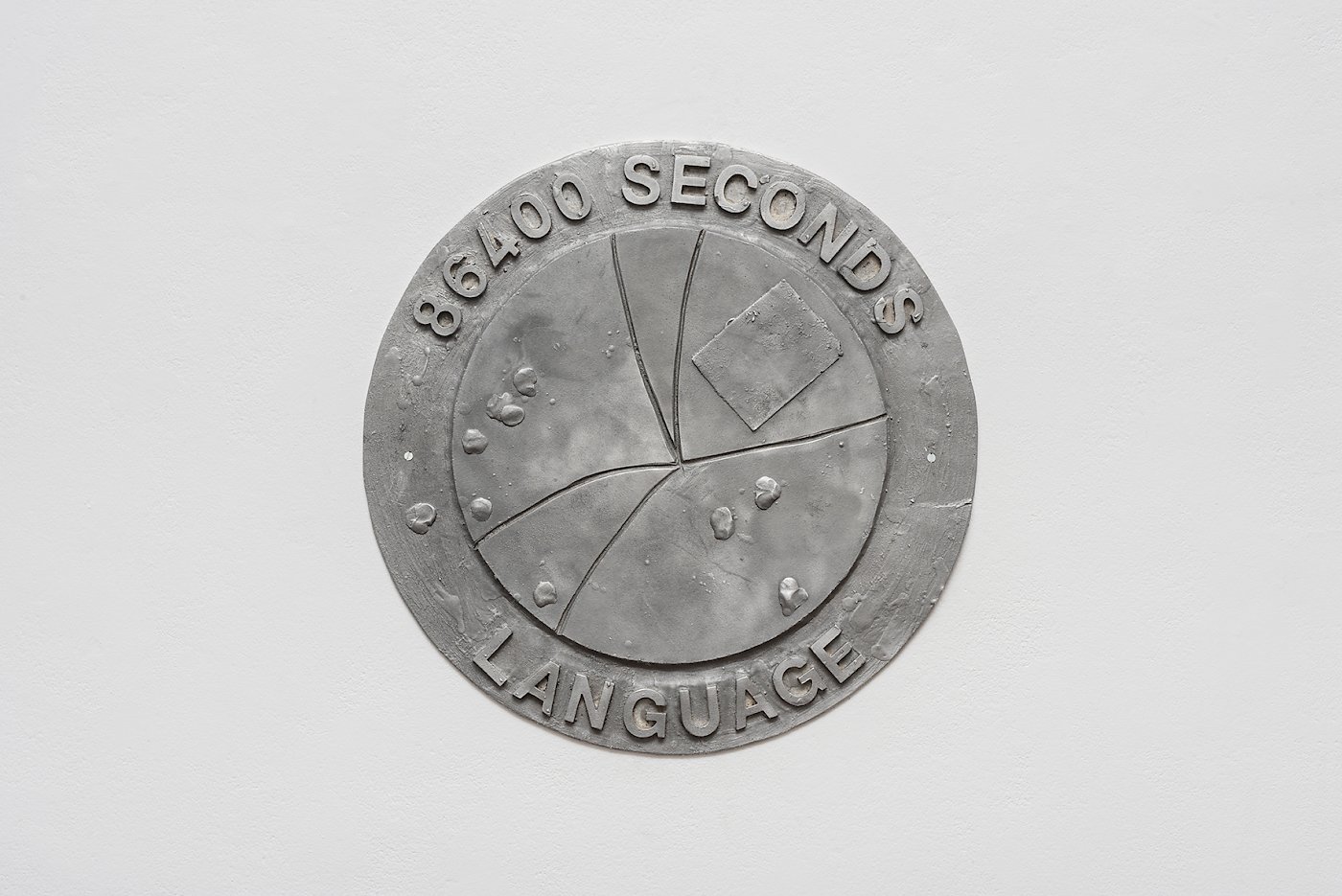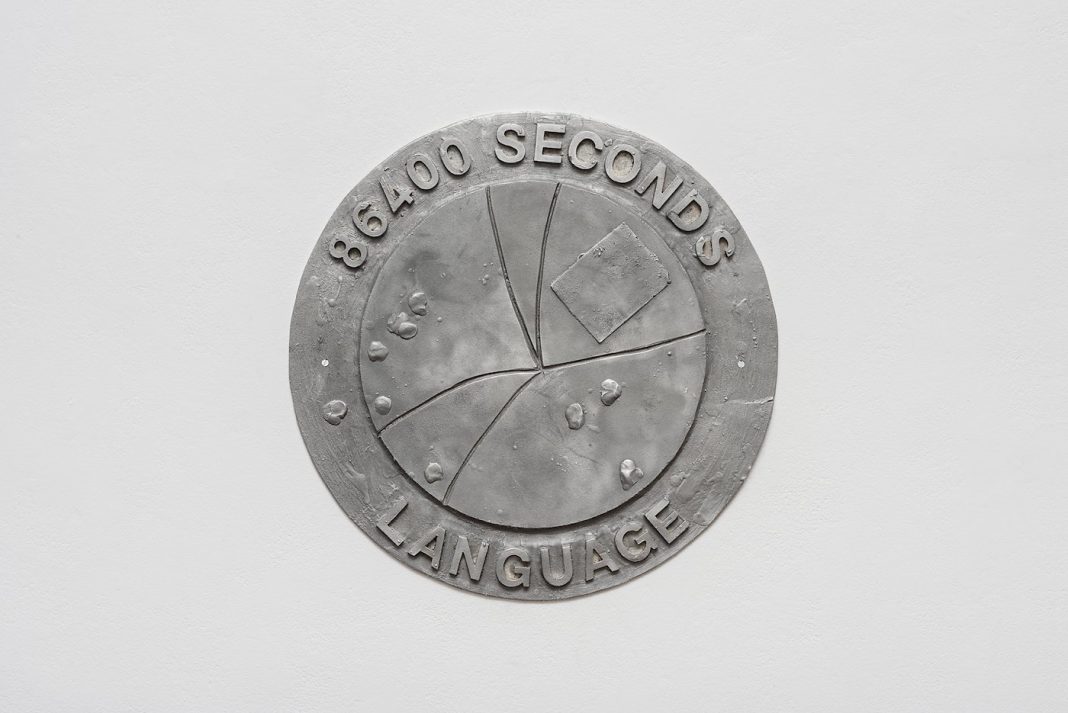 The Misleading Language of Inflation Reports
The Misleading Language of Inflation Reports
Introduction:
The latest inflation data is once again being spun as a sign of easing and less concern. However, this narrative doesn’t align with the reality of rising prices. The language used in economic discussions often relies on metaphors, which can lead to imprecise understanding and confusion. It’s important to analyze the data and look beyond the surface-level claims.
The Problem with Inflation Terminology:
The word “inflation” itself is metaphorical, derived from the Latin word meaning “to blow into.” Originally, it encompassed both the cause (money supply) and effect (rising prices). But over time, it has come to represent only a rise in the general price level. This linguistic shift has created confusion in understanding inflation.
Misleading CPI Reports:
Even monthly reports of the Consumer Price Index (CPI) can be subject to metaphorical problems. While the Bureau of Labor Statistics (BLS) claimed that May’s inflation numbers were “unchanged,” a closer look at the index reveals price increases in restaurants, used cars, and shelter. Trusting personal experiences and observations can often provide a more accurate understanding of inflation than official reports.
Underreported Inflation Figures:
The widely reported 3.3 percent increase in overall price levels year over year is already concerning. However, there are indications that even this number is underreported. A.J. Antoni of the Heritage Foundation suggests that the Federal Reserve secretly changed its inflation target from 2 percent to 3 percent after 2020. This shift might explain the BLS’s relaxed attitude towards declining purchasing power.
Implications for Monetary Policy:
The recent inflation report could provide a basis for the Federal Reserve to cut interest rates before the election. This prospect excited Wall Street, leading to an immediate surge in financials. However, it’s crucial to critically examine the CPI and its components to understand the true state of the economy.
The Flawed Medical Insurance Numbers:
One area of concern in the CPI is the fakery of its medical insurance numbers. The BLS claims that medical insurance prices have declined by an astonishing 19.1 percent since 2021. This absurd figure is due to the hedonic adjustment scheme used by the agency. While insurance premiums have increased, the BLS argues that increased consumption justifies the price decline. This flawed methodology doesn’t account for the fact that premiums must be paid regardless of consumption.
Additional Problems with the Inflation Index:
The CPI has other shortcomings, such as its inability to calculate rent accurately, the exclusion of interest costs, and the failure to consider shrinkflation, service fees, and quality declines. These issues make the index approximate at best and susceptible to political manipulation. Inaccurate price readings undermine inflation adjustments, affect measures of real income, and distort reports of retail sales.
Retail Sales and the Inflation Picture:
Claims of rising retail sales month after month are misleading when considering the real terms. Adjusting retail sales figures, even using flawed data, reveals a different reality. According to Antoni, official data shows a 13.2 percent increase over three years, but when adjusted, it is actually down 3.6 percent. This highlights the disconnect between reported economic growth and the actual experiences of consumers.
The Future of Inflation:
When examining M2 data, it becomes clear that inflation is trending upwards once again. This indicates that inflation will persist for the foreseeable future. The combination of declining standards of living and paper profits driven by debt and artificial money raises concerns about the sustainability of our current economic model.
Conclusion:
While official reports may paint a rosy picture of inflation, it is essential to scrutinize the data and look beyond the surface-level claims. The misleading language used in economics and the flaws in inflation reporting can obscure the true state of the economy. By critically analyzing the data and considering personal experiences, we can gain a more accurate understanding of the impact of inflation on our lives.


